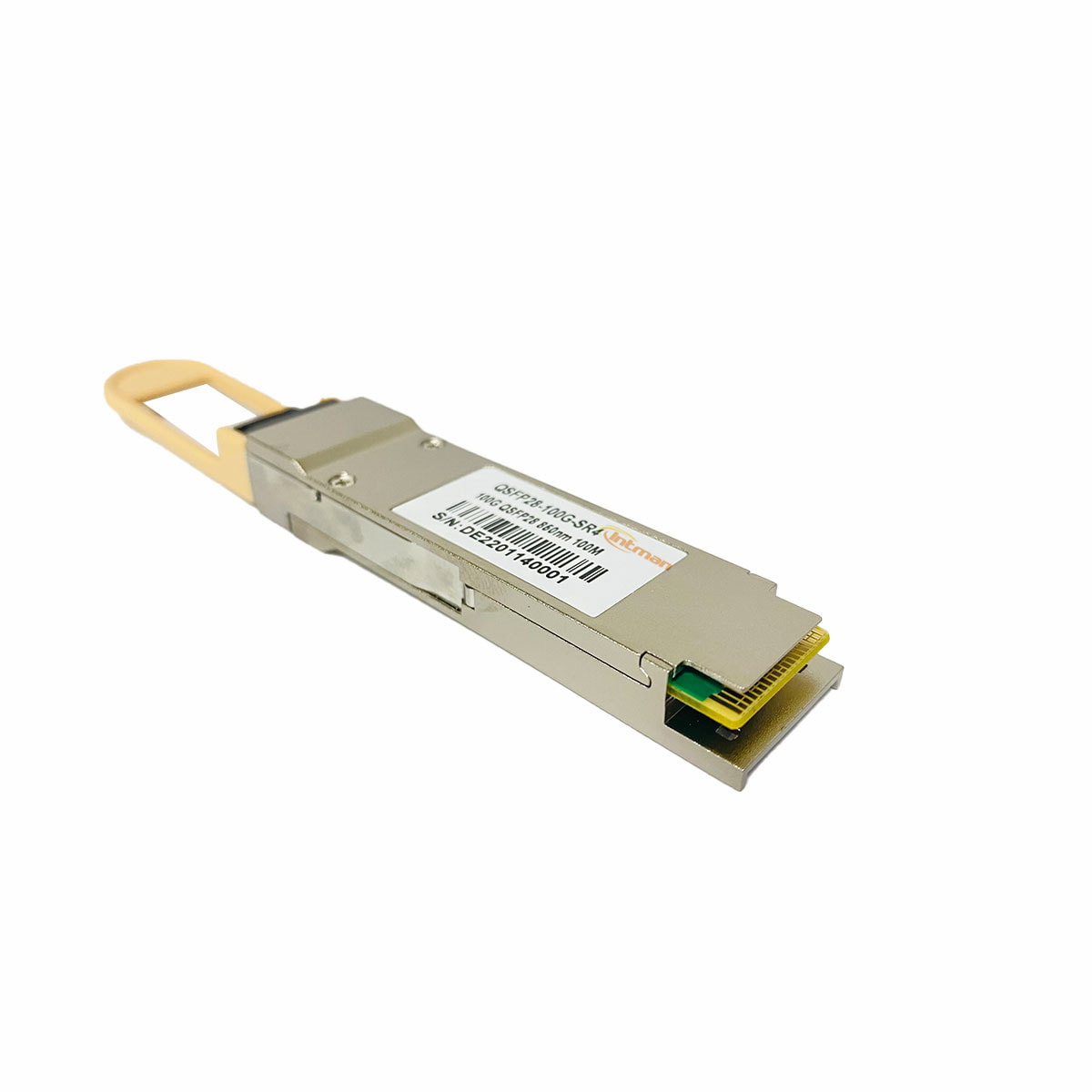by intman cable
Share
by intman cable
Share

Optical Transmission Solutions refer to the technologies and techniques used to transmit data over optical fiber networks. These solutions are designed to ensure reliable and high-speed data transmission over long distances, with minimal signal loss and interference.
There are several optical transmission solutions available, including wavelength-division multiplexing (WDM), dense wavelength-division multiplexing (DWDM), and coarse wavelength-division multiplexing (CWDM).
WDM is a technology that enables multiple signals to be transmitted over a single fiber optic cable by using different wavelengths of light. This allows for increased bandwidth capacity and can support multiple data types such as voice, video, and data.
DWDM is a more advanced version of WDM that uses a higher number of wavelengths to increase the bandwidth capacity even further. This technology can transmit multiple terabits of data per second over long distances and is commonly used in high-speed backbone networks.
CWDM is similar to DWDM, but it uses a smaller number of wavelengths and is typically used in shorter-distance applications such as metropolitan area networks (MANs).
In addition to these transmission technologies, optical transmission solutions also include optical amplifiers, such as erbium-doped fiber amplifiers (EDFAs), which are used to boost optical signals over long distances. Optical dispersion compensation techniques are also used to reduce the impact of chromatic and polarization mode dispersion, which can degrade signal quality over long distances.
Overall, optical transmission solutions play a critical role in enabling high-speed and reliable data transmission over fiber optic networks. By using advanced technologies and techniques, these solutions help to ensure that data can be transmitted quickly and efficiently, with minimal signal loss and interference.
STAY IN THE LOOP
